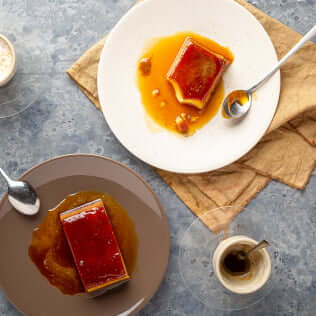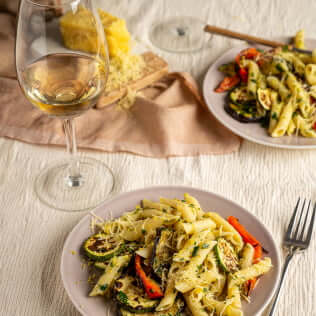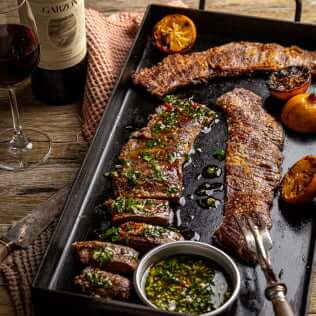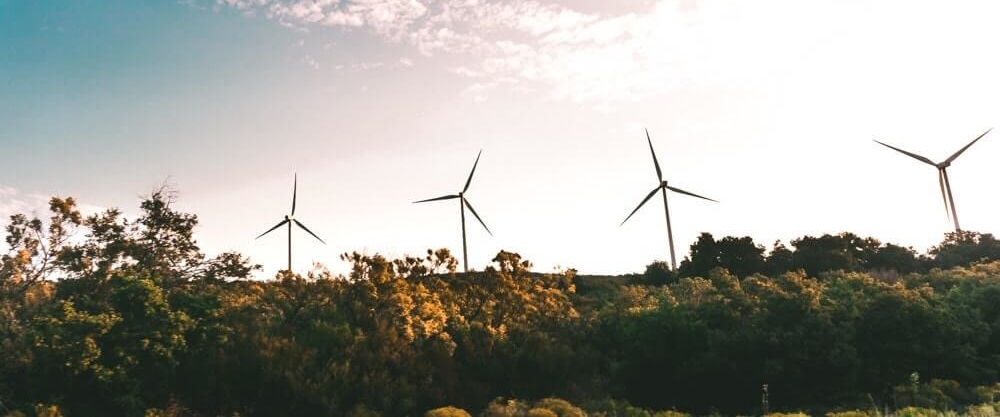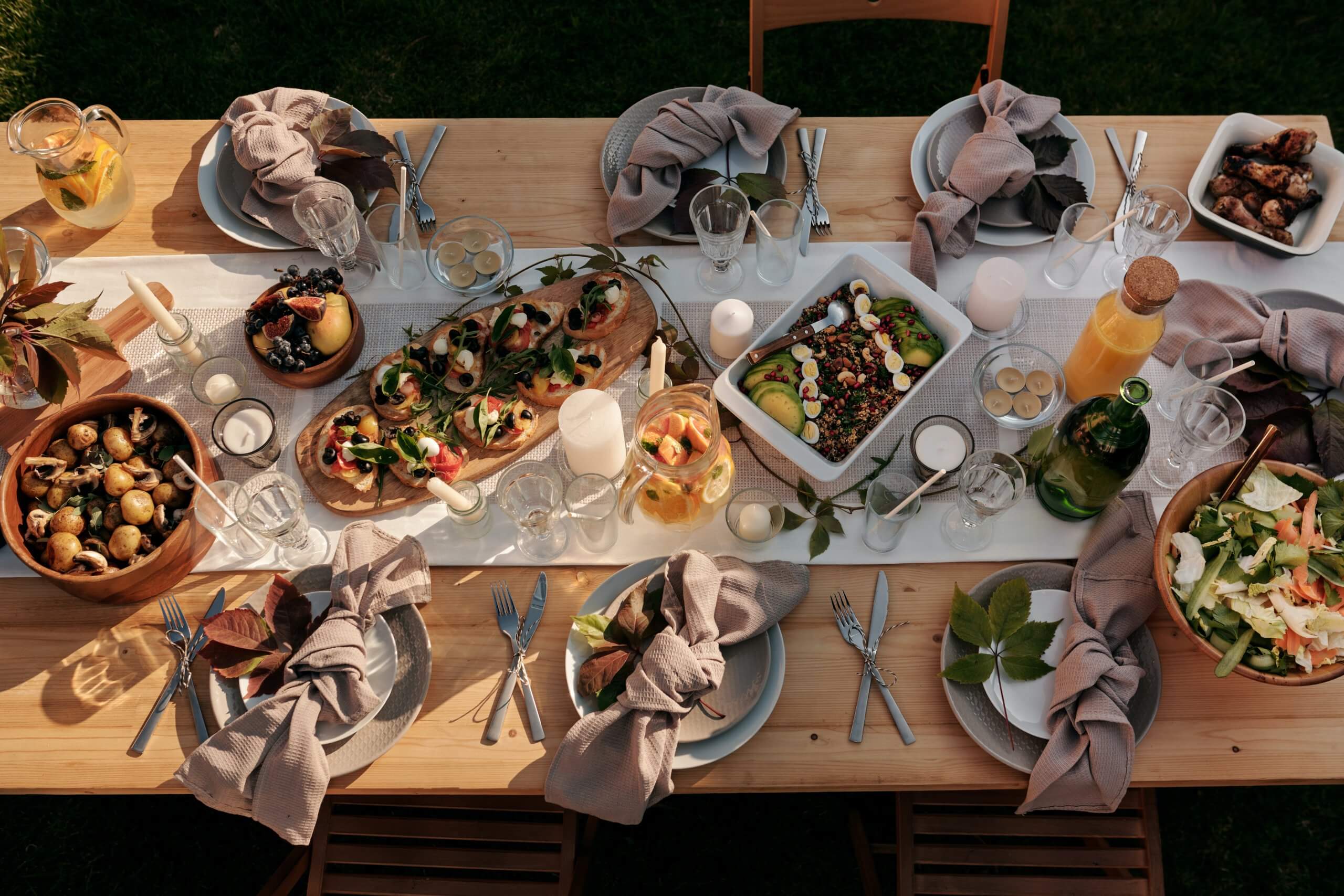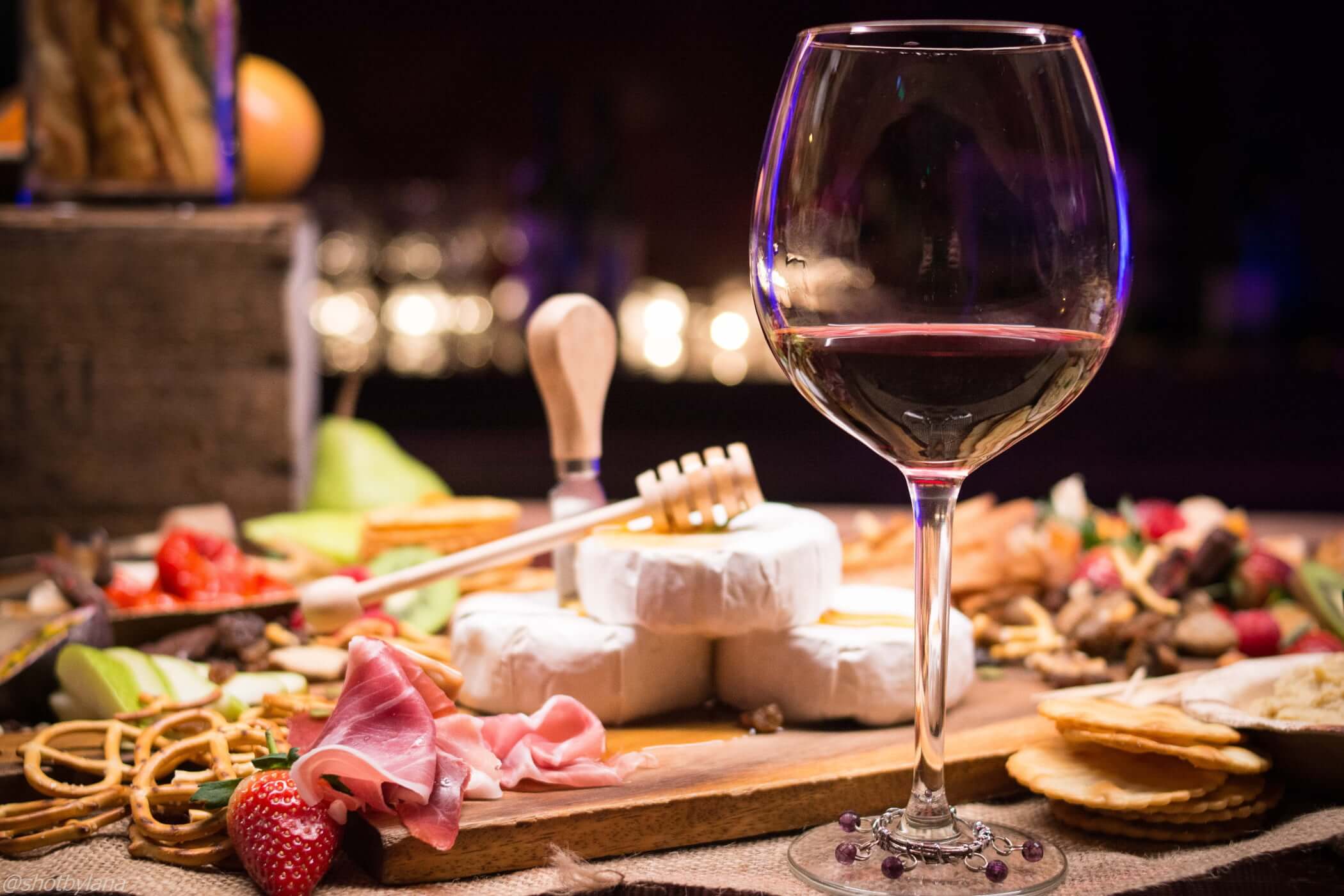We’ve all seen sommeliers, wine connoisseurs, and seasoned wine aficionados rambling about the flavors, textures, and aromas with just a sniff and a sip of a glass of wine. It’s somewhat snobby, but also quite impressive, right? How to taste wine like a professional?
Wine is just fermented grape juice, so are all these flavor and aromas really shining through in the glass? Or is it just an act?
Our favorite fermented drink is one of the most complicated things on the planet. It tells a story in every bottle and every drop. All wine smells and tastes differently, but how hard is it to taste wine like a pro? Let’s find out.
It’s All About the Terroir
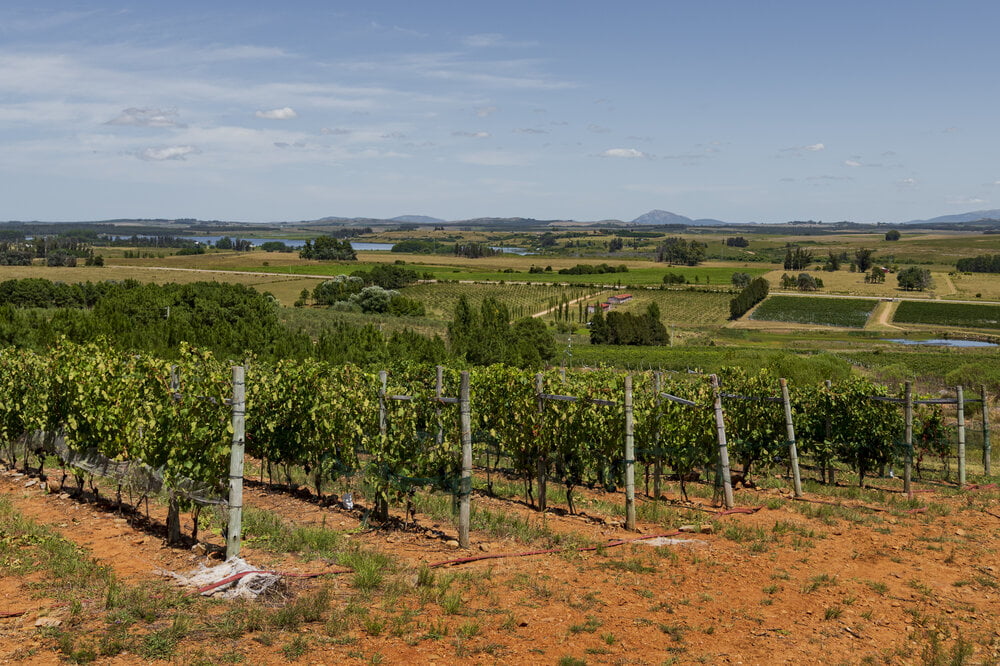
Learn how to taste wine is not about talking about it but learning how to listen to it. Wine speaks its own language and is one hell of a storyteller.
Wine talks about where it comes from. Sommeliers call this the wine’s ‘terroir,’ and it means ‘sense of place.’
The place where wine grapes are grown is painted like a picture with textures flavors and perfumes in the wine.
The vineyard’s exposure to the sun, the amount of rain it received, the soil where it’s planted, and even the grape growers’ work plays a part in sculpting the wine’s personality.
In this first part of our Wine Tasting Series, we’ll see how the climate and other aspects of the terroir affect the wine. Barrel aging, wine styles, and even the grape variety are mere afterthoughts, what’s essential, and why is important when you want to know how to taste wine properly, is Nature’s role in this play called winemaking.
Do All Wines Express their Terroir?

Wine is one of the better-priced products in today’s society, a two-dollar bottle of wine tastes like a two-dollar bottle of wine, and a hundred-dollar bottle really rewards your investment.
There are basically two types of wine, the industrial and the artisan kinds.
Industrial wine, commonly found in supermarket aisles with attractive price tags are made in factories. Winemakers source their grapes from anywhere they can, and they’re usually not the best grapes out there.
“You can’t make good wine from lousy grapes.”
All this bulk wine expresses little or no terroir, and you can describe it with a few words: fruity, tasty, and nice.
Artisan wine is a whole other beast, family-owned wineries operated by passionate people leave for their vines and work to bring forward the grape’s terroir in every bottle. It comes as no surprise that artisan wine is more expensive, the grapes come from some of the best vineyards on earth.
Artisan wine is complex and sophisticated and can open up to offer dozens of unique flavors and aromas; they’re a joy to sip for long hours. That’s terroir right there.
The Sun has a Role in How to taste Wine

We’re sure you’d never thought the sun would be behind many flavors and aromas in wine, but it is.
The sun ripens the grapes, and ripe grapes have lots of sugar. During the fermentation process, yeast converts that sugar into alcohol, and it gives the wines ripe fruit aromas too.
Tip No.1 Full-bodied wines with lots of alcohol and a coating mouthfeel come from sunny vineyards. White wines can have tropical fruit aromas of mango and lychee, and red wines can bring forward aromas of jammy red or black fruit.
Vineyards with the right sun exposure are incredibly valued in the winemaking industry because grapes are not as easy to ripen as you might think.
The sun not only makes for warm, full-bodied wines; in winemaking, everything comes at a cost.
Too much sun makes grapes lose some of their mouthwatering acidity. Not enough sun brings forward herbal and mineral aromas.
Tip No.2 Acidic, crisp wines with herbal aromas come from chilly places where there’s not a lot of sun. White wines can bring forward aromas of citrus fruit and green apples. Red wines can offer aromas of tart red and black fruit, like cranberries or sour cherries.
Grapes Are Picky

Now that we know that the warmth of the sun plays a vital role in the aromas and textures that we can find in wine let’s talk about the grapes. You can't deny this part as well if you want to master how to taste wine like a pro.
Like people, grapes prefer living in one climate or another. You can’t just plant any wine grape you like anywhere on the planet.
Some grapes that enjoy cold climates include Albariño, Pinot Grigio and Sauvignon Blanc for whites, and Pinot Noir for reds.
Warm climates are better suited for red grapes because you need a lot of warmth to ripen Cabernet Sauvignon, Syrah, or Tannat, to mention a few.
Tip No.3 If you like bold and fruit-forward wines, source them from warm climate wine regions like Napa, Mendoza, Spain or Southern Italy, all warm climates. If you enjoy elegant, acidic wines, find them in cold climates like Coastal California, Northern Italy, or France.

We taste wines with our eyes, nose, and palate. So, what does our senses can tell us about a bottle of wine?
We’ll cover the wine tasting process extensively in future posts, but if you want to understand how to taste wine like a pro, like Jedi Masters learning to use the force, you must first listen to the wine’s terroir.
Here’s an exercise for you. Get yourself a bottle of Pinot Noir, a fresh climate grape, and a bottle of Cabernet or Tannat from a warm climate.
We’ve selected a few wines from Uruguay’s Bodega Garzón and here are our impressions about their 'terroir' or sense of place.
Bodega Garzon Single Vineyard Pinot Noir

This single-vineyard Pinot Noir grown in a cold exposure offers aromas of black cherries, and tart cranberries over an acidic, mouthwatering palate with a smooth, silken texture. The wine is nicely balanced with moderate alcohol by volume.
Bodega Garzon Single Vineyard Tannat, Maldonado, Uruguay

This Tannat from a warmer plot definitely shows ripe blackberry aromas and over a full-bodied palate and a thick, coating texture well rounded by alcoholic warmth.
Did you see what we did there?
Tip No.4 Don’t worry about the grape variety, the months of oak aging, the producer, or even the wine region just yet. Taste the alcoholic warmth, the refreshing acidity and the ripeness of the fruit aromas, because you’re tasting the sun rays and the climate; a great wine tasting starts by tasting the wine’s terroir.
















 3
3



